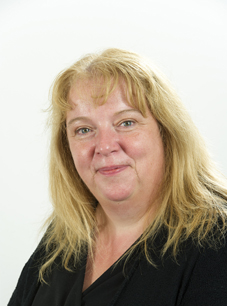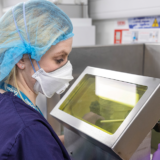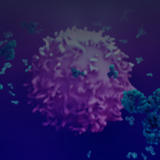High quality human tissue samples have become the gold standard for biomedical research, and reliable access to such material is a critical resource for many companies. In addition, the rapid growth of translational research and personalised medicine has further increased demand for human biological samples.
Biobanking has been identified as a key area to accelerate growth in the pharma industry, and it has been widely recognised that the old ‘blockbuster’ model is no longer an efficient way to produce new chemical entities (NCEs). The situation was highlighted in the US FDA report, Challenge and Opportunity on the Critical Path to New Medical Products:
“… there is growing concern that many of the new basic science discoveries made in recent years may not quickly yield more effective, more affordable, and safe medical products for patients. This is because the current medical product development path is becoming increasingly challenging, inefficient and costly. During the last several years, the number of new drug and biologic applications submitted to FDA has declined significantly…”
To address these issues, drug companies are turning to human samples as one route to fast-tracking drug discovery.
Biobanks and tissue suppliers have grown exponentially in response to this increasing demand for samples and there now exists a broad range of suppliers, ranging from niche collections that specialise in one disease area to commercial suppliers. Biobanks have been on the increase since the 1970s, with a growth rate of 42% over the period 1990 to 1999, and a further rise in the last decade of 36%.
In a recent report released by the business information provider Visiongain, they estimated that the Biobank market will continue to grow to over $53 billion in 2027 and it looks likely to carry on expanding as researchers continue to favour human tissues and biomaterials for pharmaceutical and diagnostics research.
Prospectively sourced samples from consenting patients are much in demand for scientific research. While banked collections are an invaluable resource, it can sometimes be difficult for researchers to source the exact material required for a project, and the lack of harmonisation across organisations can lead to variations in sample and data quality.
However, there are still some tissues and disease areas that are very difficult to source and a lack of industry standardisation means there are inconsistencies in terms of sample quality and clinical data. For many researchers, this leads to a frustrating inability to obtain high-quality human samples and leaves them with no alternative but to design experiments around whatever tissues they can get, rather than pursuing the most promising research leads.
It is clear that no single biorepository can cover the range of samples needed for research; moreover, as trends change sample demand also changes. Some biobanks operate strategic alliances to overcome this but there is currently no standardisation across the industry. These needs are driving a general trend towards harmonisation and sharing of best practice across biobanks.
The International Society for Biological and Environmental Repositories (ISBER) and its European counterpart (ESBB) represent an international forum for addressing the technical, legal, ethical and managerial issues relevant to repositories of biological and environmental specimens, and are presently working to promote and achieve harmonisation across biobanks.
The ultimate goal is a cross-functional network to allow the sharing of data, sample databases and analyses. The success of this goal is dependent on the standardisation of processes such as sample collection, storage and information management, and although some cooperative networks have now been successfully established, the ideal is still a long way off. It has been estimated that around 68 per cent of biobanks are still ‘stand-alone’ organisations and those within networks are mostly government funded.
Increasing sample demand, coupled with difficulties in sample sourcing, is driving new ways of working in the biobanking industry, and the availability of ‘on-demand’ samples is emerging.
About the author
Fiona Mackenzie is Client Services Director at Tissue Solutions, a virtual biobank that offers a single-point access to the entire range of human biomaterials including diseased and normal tissues.
Prior to Tissue Solutions, she worked in the fields of biotechnology transfer, preclinical research and drug discovery. Fiona obtained a PhD in Pharmaceutical Sciences and an MBA from the University of Western Scotland (UK).
This article is from a series contributed by the UK drug discovery community. For more information read our disclaimer.





